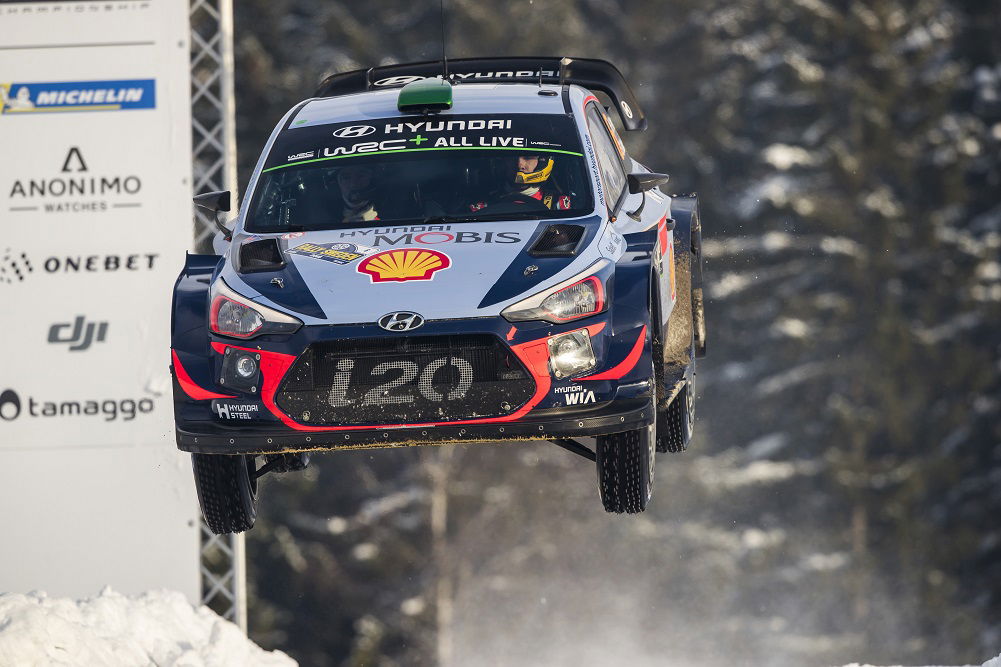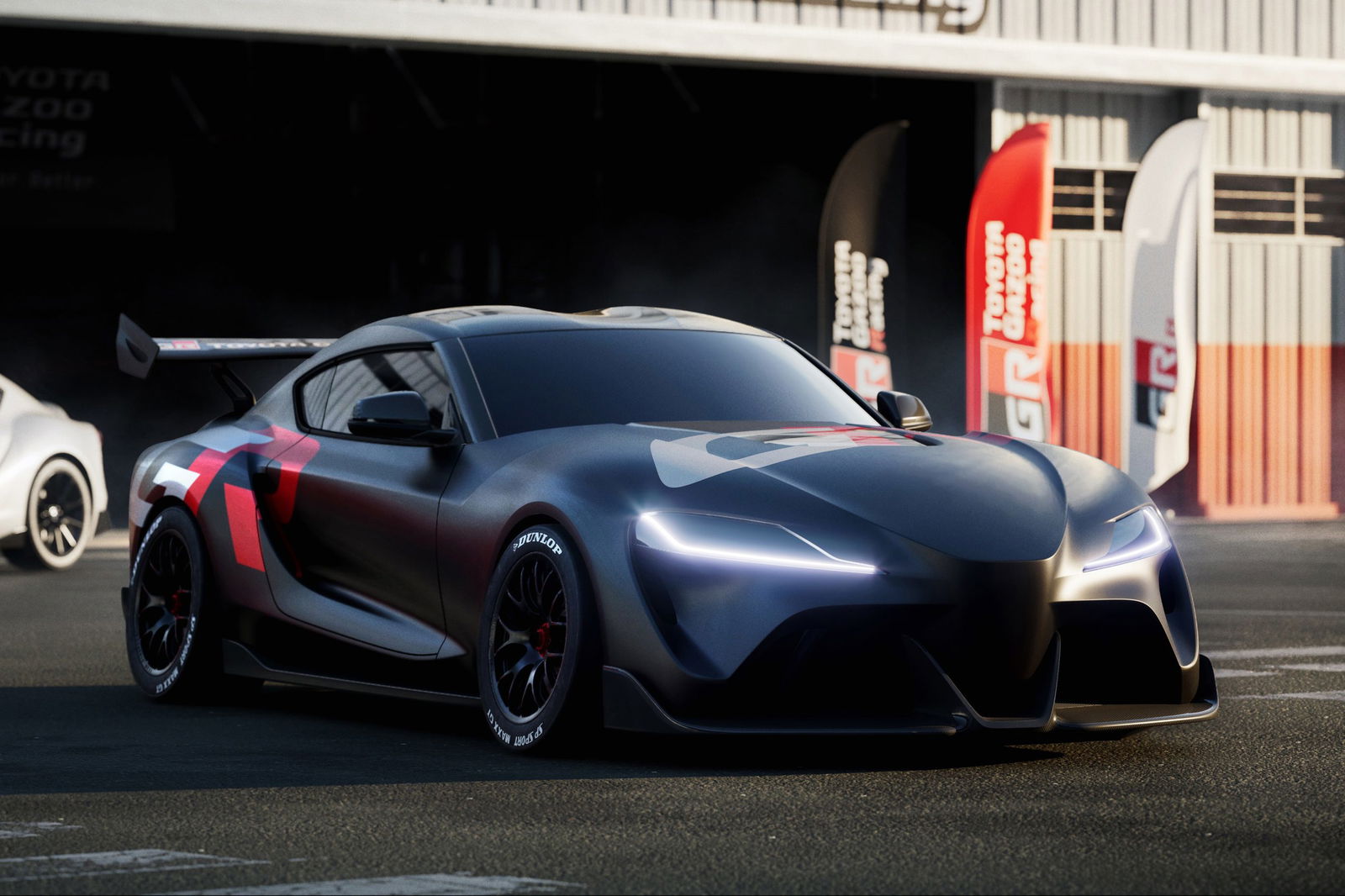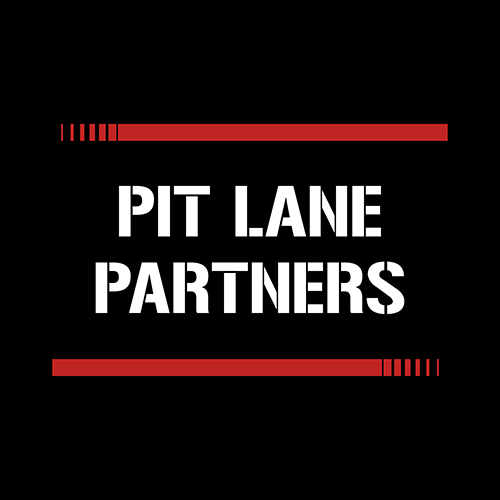

Be in no doubt, the news from Toyota announcing its forthcoming participation in Supercars is monumental.
And not only is it a huge moment, it’s also massively important for all sorts of reasons.
It’s a real credit to Ryan Walkinshaw and the Walkinshaw Andretti United team to have brought Toyota to the table. Moreover, it’s not only to their benefit, it’s also to the benefit of everyone involved in the category and, indeed, the wider industry in Australia.
Congratulations to them, and the industry as a whole must show its thanks.
The timing of this announcement of a third manufacturer is opportune, but the fact that the third manufacturer is Toyota couldn’t be bettered. As the clear market leader in the Australian car market these days, it sets the path and others follow.
For those readers who follow my column on Torquecafe, my admiration for Toyota and, in particular, the way that it has handled, and continues to handle, the ongoing turmoil of the car markets around the world, with the ever changing direction over power units, is well known.
In my mind, it continues to do the best job of navigating the challenges posed by the differing requirements of markets and consumers across the planet. No other car company comes close. In Australia, its only crime is the failure to offer the latest Prius here.
Other than that, with the new Prado arriving and a new HiLux in the offing, it’s hard to see too many weaknesses.
I see Toyota now taking the front foot by entering Supercars to protect their 20 percent market share from the onslaught of Chinese products here. They need to keep a very firm grip on the heartland of Australia where the big margins are in products like the HiLux, the LandCruiser and the Prado.
Toyota entered the NASCAR Cup Series in 2007 to help establish itself as a bonafide American-based manufacturer and give itself a point of difference over the then looming Korean competition as well as the likes of Nissan and Honda.
It’s worked for it there, and that may have encouraged it to finally enter the Supercars arena, especially as it formally brings the latest, US-built, Tundra truck to this market. A neat tie-in.
The presence of a third manufacturer on the Supercars grid cannot be underestimated in its importance. It will help keep a balance between all parties and take some of the power out of any threats to pull out by any one of the three.
That’s good for all. No-one will officially tell you that, but that’s a fact.
The reality is that the perfect number of manufacturers to have at the table is probably four. That should give everyone the potential to win and have a slice of the pie.
Given the technical parity rules, it’s not a question of a particular brand being unable to win if there were more. It’s a question of there not being enough good teams/drivers to supply more than four makes with that opportunity for consistent success. Harsh, but true.
I’m now of the opinion that Hyundai/Kia has little option but to be that fourth manufacturer if it wishes to distance itself from those Chinese brands that are entering Australia in increasing numbers.
Between the two Korean brands, they have 13 percent market share here, and they’re in the firing line of those new makes such as LDV, GWM and co.

Hyundai has a sporting image these days with the N brand, but TCR, where it competes currently, is a waste of time in this country. Furthermore, whilst the recently-announced move to the World Endurance Championship is exciting on a larger stage, it won’t make a discernible difference to the brand in Australia. Supercars could.
It’s also a fact that Supercars needn’t cost it a great deal of money. In the greater scheme of things, to a company like Hyundai the dollars would be peanuts if it assisted in keeping their combined market share in that 12-15 percent range.
With the imminent arrival of the Kia Ute, it needs to differentiate itself from existing products from VW, Mazda and Nissan, let alone the other players arriving on the scene from the Middle Kingdom.
I can’t think of a better mix of brands for the future than Chevrolet, Ford, Toyota and Hyundai for the Supercars grid. Chevy might not have a big presence here, but it has history. Meanwhile, the others control the thick end of 40 percent of the Australian car market. That’s not to be sneezed at by the media at large, let alone the commercial world in general.
Now it’s up to Supercars to ensure that Toyota’s entry into the championship is as painless as possible, not only for it, but for the existing participants. Learn from the mistakes, not just Supercars’ errors, but everyone else’s as well, to get this show on the road.
And that last sentence contains the key word – show.
It’s time to grasp the nettle on the back of this tremendous news and make Supercars into the show it deserves to be. Only by doing that will the aspirations of the Supercars shareholders, the team shareholders, the commercial partners and, most of all, the fans, be realised.
Changes can hurt, but changes must be made to the show in order to recapture the excitement of Supercars from 20 years ago and capitalise on the opportunity that Toyota, and WAU, have brought to the table today.
More of the same won’t achieve the potential of this great championship.




















Discussion about this post